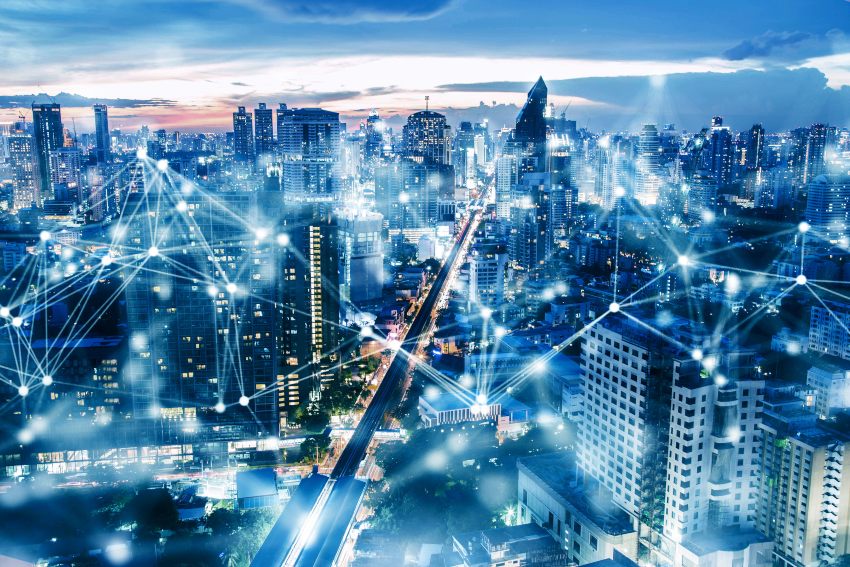27 April 2020
How Is the Internet of Things Changing Our Lives?
By Stephanie Stevens

We keep hearing about the Internet of Things, but what is it and why is it important?
A group of electronic devices connected to the Internet that can share and transfer data over a computer network, the Internet of Things, or IoT, can consist of almost anything including smartphones, heart monitors, livestock trackers or even the jet engine of an airplane. Each device is given a unique digital identity through radio frequency identification (RFID) that enables components to link to each other and the network.
Considered by some to be the most important development of the 21st century, there’s no doubt that the Internet of Things (IoT) is going to be impactful. What’s less clear is when and how. We’ve got a list of seven examples of how IoT has – or may potentially – change our lives.
![]() 1. Consumer Health & Fitness
1. Consumer Health & Fitness
Do you own a FitBit, Apple Watch or some other wearable device? If so, then you likely know the benefits of using IoT to track daily activities like sleeping patterns, heart rate, activity, calories and more. Scientists have even developed wearable blood sugar monitors to help people with diabetes.
2. Transportation
While there’s no exact timeline for autonomous vehicles to become a reality in our daily lives, it’s clear that it’s a puzzle that several technology and manufacturing companies want to solve. However, it may take longer than anticipated. According to one estimate from the Rand Corporation, autonomous vehicles must travel 275 million miles without a fatality for them to be considered safe enough to be marketable.
3. Digital Medicine & Research
From hospital equipment that records and monitors every bodily function to surgical robots, the possible applications of IoT in healthcare are astounding. With the opportunity to have access to the real-time field data, testing and analysis, research is one of the most anticipated applications for IoT. No more issues with timely reporting from flawed human beings or waiting for data to be compiled.
4. Smart Supply Chains
While supply chains have already strongly benefitted from IoT technology, there is still a lot of room left for improvement. Manufacturing equipment can be set to self-adjust based on important factors like pressure, temperature and the limits of the equipment itself. Analysis of workflow can lead to safer work conditions and improved processes. Inventory management with IoT will provide more reliable tracking and allow managers to give better estimates for the delivery of goods.
 5. Smart Buildings/Homes
5. Smart Buildings/Homes
While we’re not quite in a place where smart homes are affordable for everyone, there are components available that can ease our everyday lives. Smart appliances such as refrigerators and washing machines can text you when you’re low on milk or tell you when your clothes are dry. And a smart building that manages systems like heating and cooling or window shades can help conserve energy and save money.
6. Fire Detection
Quite often, by the time a forest fire is detected, there is little to no hope of containing it quickly. Companies like IBM are investing in technology to detect the signs of a possible forest fire by tracking smoke patterns, heat spikes and variations in light.
 7. Smart Cities
7. Smart Cities
As more people move into major metropolitan areas, the need for them to become more efficient has never been more vital. IoT technology can help with a variety of those challenges, including regulating lighting, elevators, energy conservation, and improving fire prevention/detection and tracking alternative transportation methods. Smart cities are also more sustainable by managing water use and reducing electricity use and heat production that lower greenhouse emissions by up to 15%.
Do you know of other applications of the Internet of Things technology? Share them with us in the comments.